Terminal Radar: It’s the Weather Pilots Don’t See
Flying Magazine
MAY 26, 2025
Even if you have a datalink weather capability in the cockpit, dont give up on your air traffic controllers. The good news is that some approach controllers are armed with near real-time weather data from two additional sources to include the Airport Surveillance Radar (ASR) and Terminal Doppler Weather Radar (TDWR).

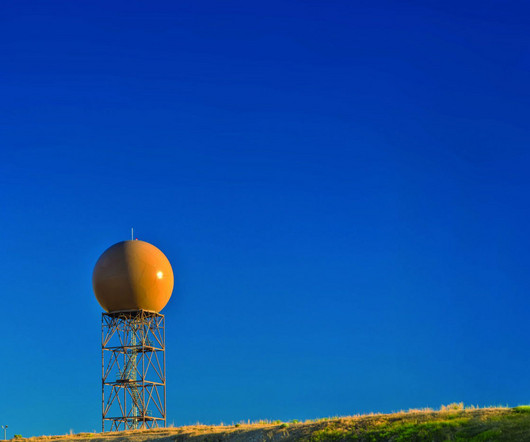


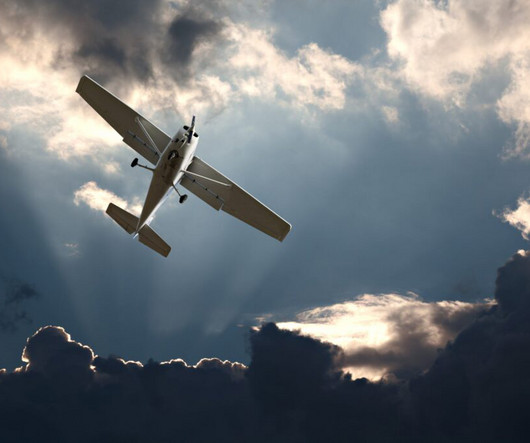

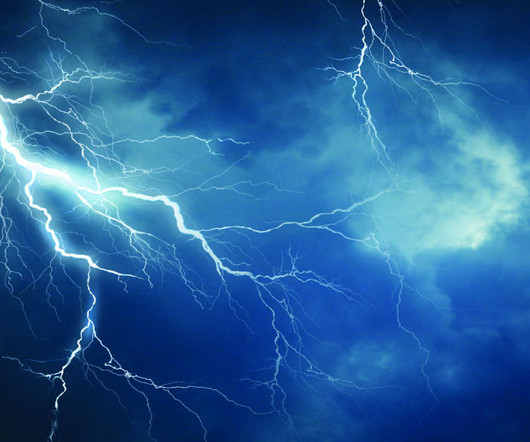



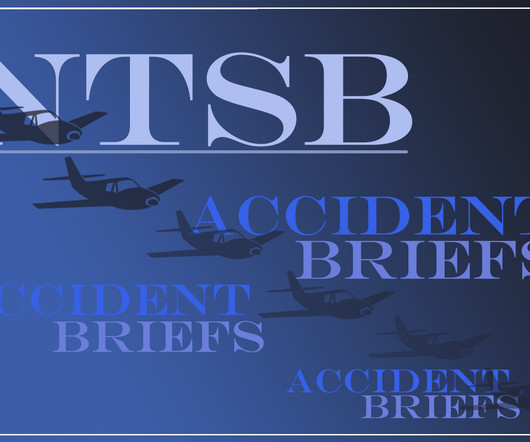



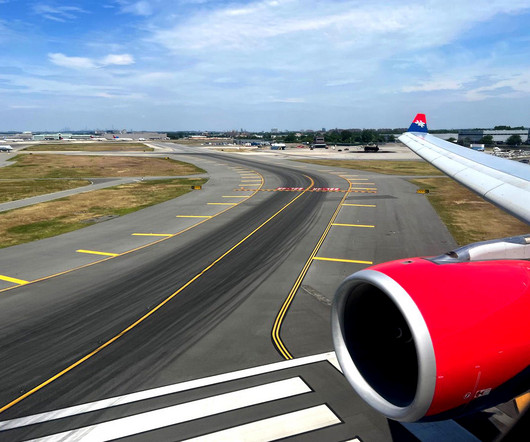






Let's personalize your content